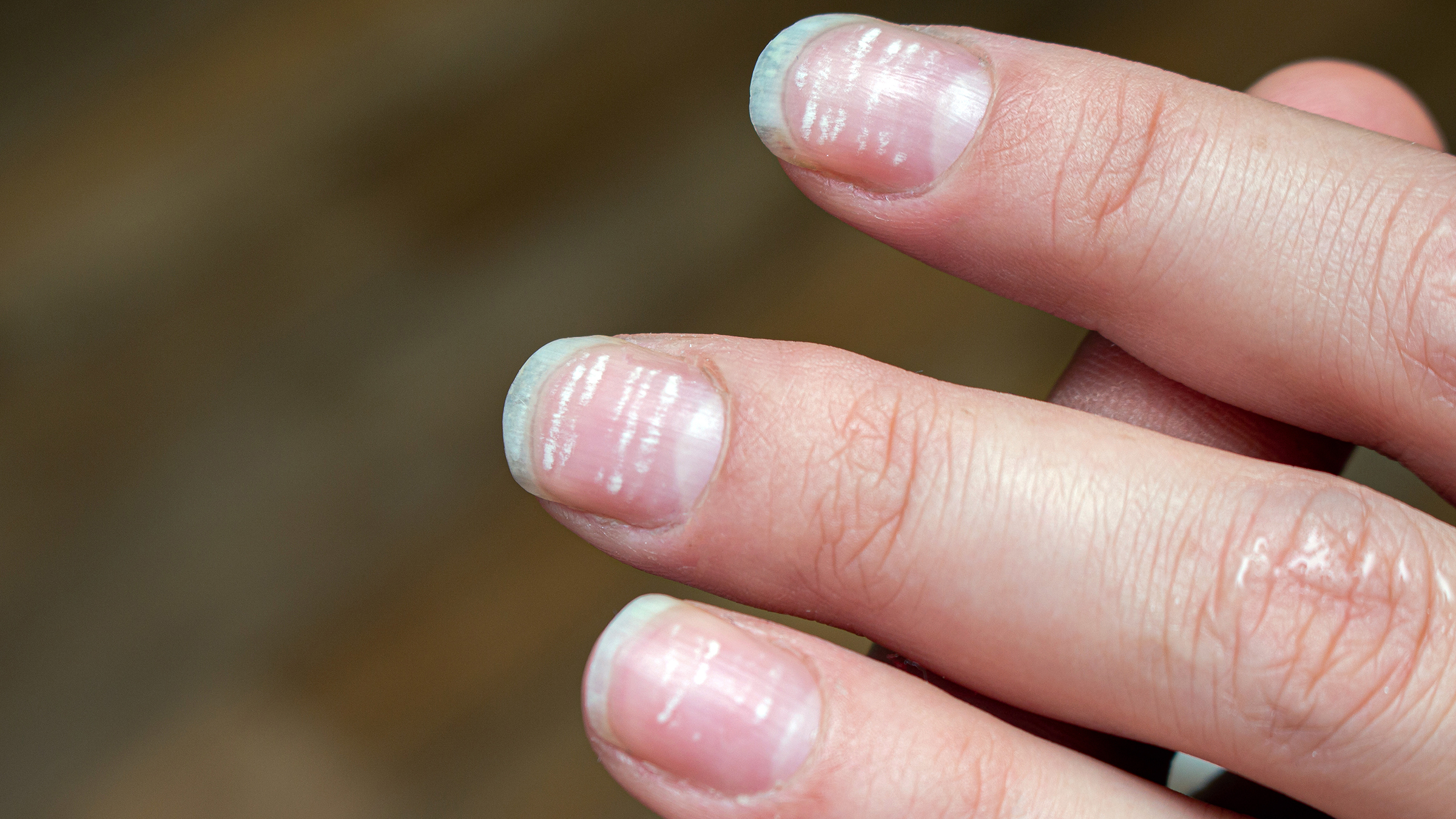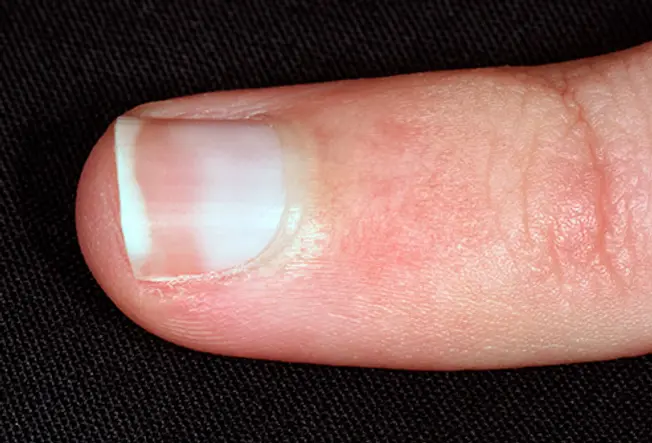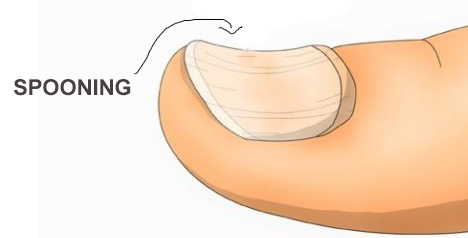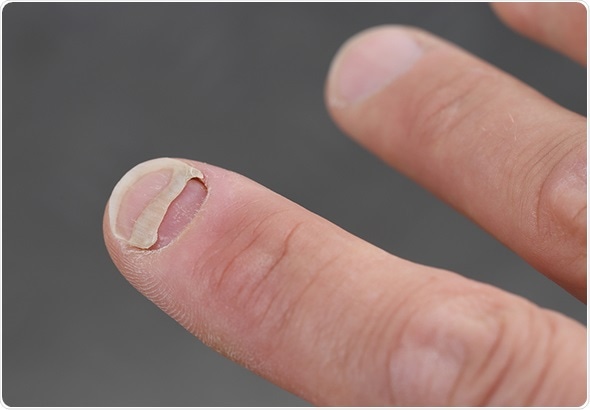Nails and Women's Health: What your Nails can tell you about your Health?
3 minuteRead

Your nails represent your overall health. Yes, they aren’t just the dead cells on your fingers. For women, healthy nails are essential for functional and cosmetic reasons.
Nails can reveal problems with the liver, lungs, and heart. It is not that only women’s health is reflected in their nails, it is common for all individuals.
What do your nails tell about your health?
1. Yellow nails

Source: Web MD
A fungal infection is one of the most typical causes of yellow nails. The nail bed may retract as the infection worsens, and the nails may thicken and shatter. A more severe condition, such as acute thyroid disease, lung disease, diabetes, or psoriasis, may also be indicated by yellow nails.
It could also be a reaction to any product you are using on your nails such as nail polish, nail paint remover, etc.
2. White nails

Source: GoodRx
Random white spots on the nails are usually unharmful and result from trauma, such as hitting the fingertip or repeatedly damaging the nails with frequent manicures. Other potential causes include:
- Calcium deficiency
- Zinc deficiency
- Leukonychia
- Liver or kidney issues
3. Blue nails

Source: Healthline
If the body is not getting enough oxygen, such as is the case with heart disease and emphysema, the nails may start to become blue. Make an appointment with a doctor to find out what is causing the color change if you are not already receiving treatment for an oxygen-related issue.
4. Pale nails

Source: Web MD
Normal healthy nails are pink. Very pale nails may indicate a disease like anemia, congestive heart failure, or liver disease. Another potential cause could be poor nutrition. It's a good idea to have a doctor examine them.
5. Dry, cracked nails

Source: Femina
Nails usually break or split due to being dry or brittle. Constantly immersing your nails in the water while doing housework, bathing kids, or swimming might lead to dry nails. Additionally, alcohol-based hand sanitizers and nail polish removers and polish can also cause harm.
Dry, cracked nails are possibly linked to thyroid disease; if you notice this problem persists, see your doctor.
6. Black lines

Source: Reddit
Black lines, which can also be brown or dark red, resemble splinters and are also referred to as splinter hemorrhages. They can show up repeatedly. The most likely reason is the trauma to your nail, such as unintentionally slamming a door on your finger.
Rarely, the lines may be a symptom of a deeper problem, such as psoriasis, endocarditis, or nail melanoma.
7. Spoon nails

Source: Feetlife Foot and Nail Care
Spoon nails are commonly an indication of iron deficiency anemia or hemochromatosis, a disorder in which your body absorbs excessive amounts of iron from your diet. Moreover, heart disease and hypothyroidism have also been linked to spoon nails.
8. Nail separation

Source: News Medical
The fingernails become brittle and may detach from the nail bed when onycholysis is present. The nail's split end turns opaque and has a white, yellow, or green tint.
Detachable nails can occasionally indicate an injury or illness. In certain instances, nail separation is a response to a specific medication or consumers good, like nail hardeners or adhesives. Nail separation can also result from thyroid dysfunction and psoriasis, a skin ailment marked by scaly patches.
Key Takeaway
Although many illnesses are accompanied by changes to the nails, these alterations are rarely the initial indicator. And not everyone with abnormally white nails has hepatitis; many nail abnormalities are benign. Consult a dermatologist or your primary care physician if you find any unusual changes in the appearance of your nails.
Write, Record and Answer! Consume Unlimited Content! All you need to do is sign in and its absolutely free!
Continue with one click!!By signing up, you agree to our Terms and Conditions and Privacy Policy.










